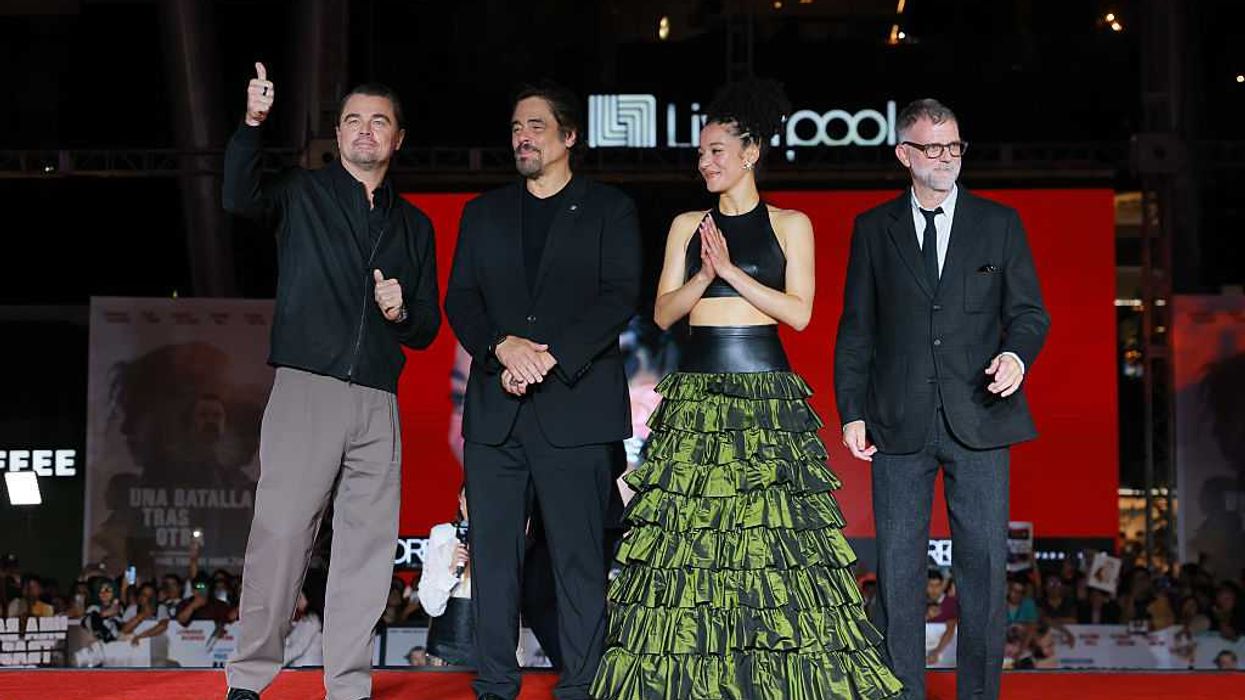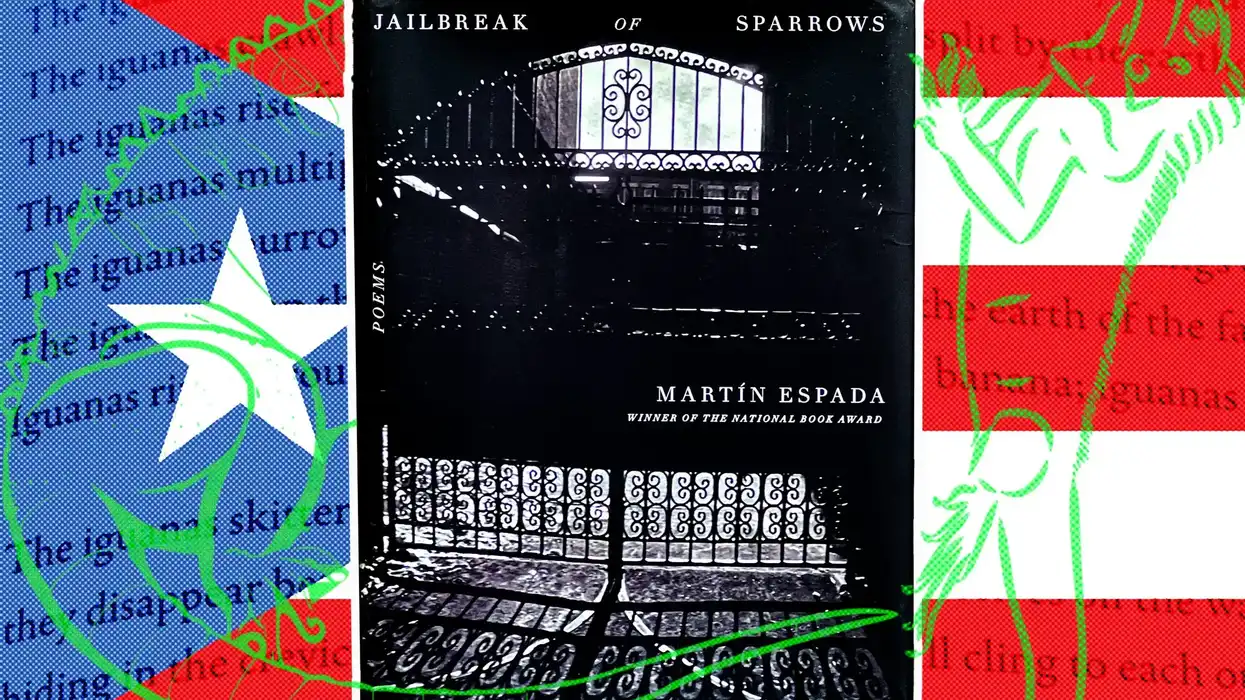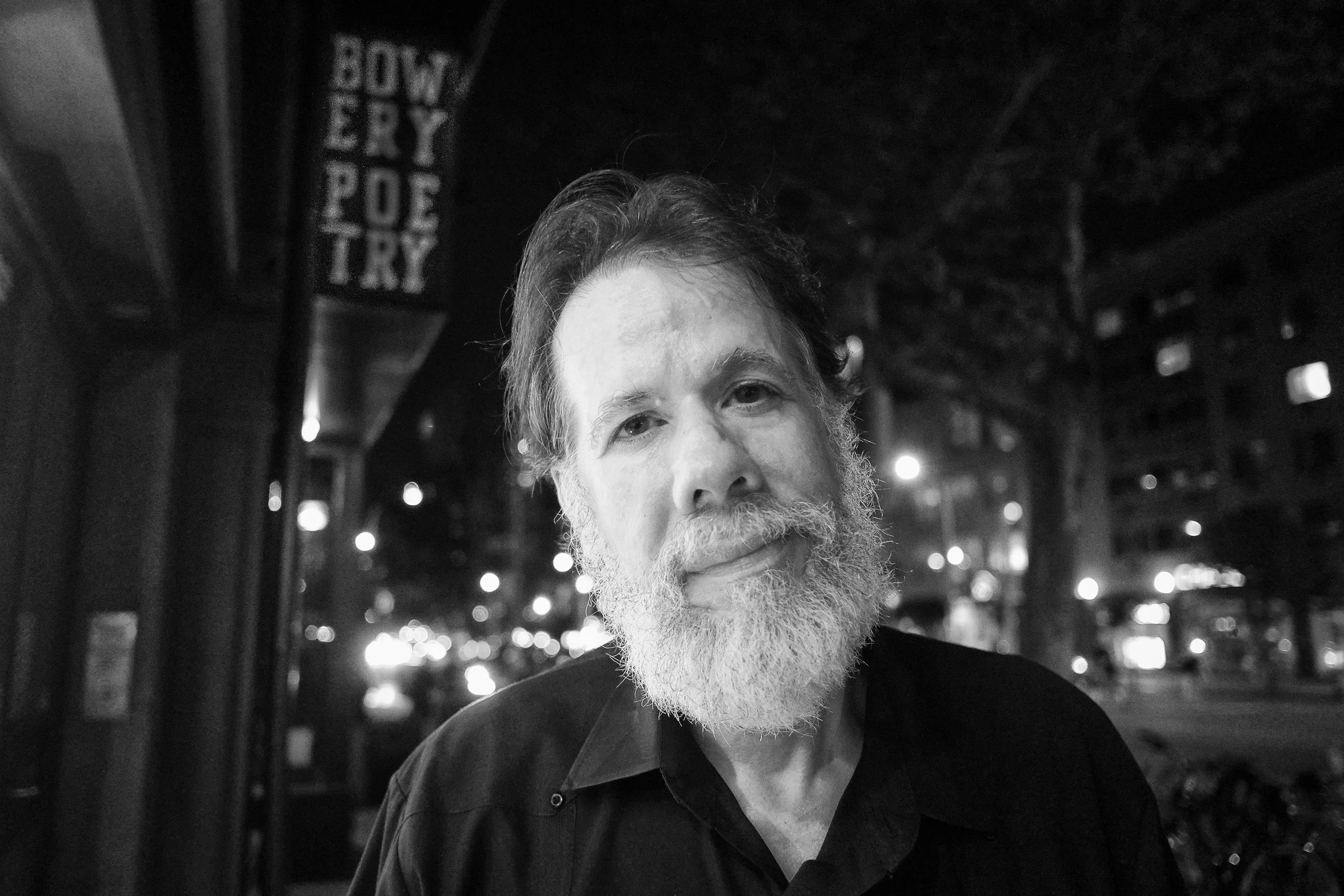After decades of work, Angeleno director P.T. Anderson has scored his highest-grossing film with his recent One Battle After Another. Having opened on the weekend of September 26, the film follows the fanatical, even surrealistic, journey of washed-up revolutionary Bob Ferguson (Leonardo DiCaprio), who lives in hiding with his teenage daughter, Willa (Chase Infiniti), some fifteen years after his militant group, French 75, went underground. When their nemesis Colonel Lockjaw (Sean Penn) resurfaces, Bob and Wila again find themselves running from the law. When Wila goes AWOL, her karate teacher, Sensei Sergio St. Carlos (Benicio del Toro), is enlisted to help Bob find his daughter. Although ambitious, edgy, and fun, the political message of the hit film is generally muddled. The immensely talented director did not make a film matching the Leftist rigor of, say, Battleship Potemkin. Nor can the film be grouped among a veritable cavalcade of fictional and non-fictional films produced during the last twenty years that deal with immigrant issues along the U.S.-Mexico Border. Sleep Dealer, El Norte, and Who is Dayani Cristal? are but a few of the stronger offerings of a genre of filmmaking that, for both good and bad, may constitute a true cinematic cottage industry.
Nevertheless, the film leans heavily into Latino culture in terms of themes, setting, and characters. Filmed largely in the U.S.’s Bordertown par excellence—El Paso, Texas—we meet the martial arts teacher Sergio, who describes his work helping migrants cross the border as a “Latino Harriet Tubman situation.” We learn that the fugitive revolutionary, Bob, is known by several aliases, including “The Gringo Coyote.” His savior, Sensei Sergio, explains to him outrightly that he’s “a bad hombre”—cheekily invoking the hurtful bon mots used by then-candidate Donald Trump in a 2016 debate with Hilary Clinton. The epithet is repeated later on in the film when Bob, under police surveillance in the hospital, is tipped off to an exit route by a member of the French 75 disguised as a nurse: “Are you diabetic? You’re a bad hombre, Bob. You know, if you’re a bad hombre, you make sure you take your insulin on a daily basis, right?” All this, plus the fact that the film’s denouement begins with a raid on a Mexican Restaurant in Northern California.
To what extent does One Battle After Another point out truths about the future of Latino labor movements in the United States? Does it offer more than the usually vacuous political bromide that Hollywood consistently creates? What does it add to the conversation about the filmic representations of U.S. Latinos? Finally, does it let the Latino migrant speak?
As others have noted in other fora, immigration is a “major motif” in the film: Anderson’s narrative opens with French 75’s liberation of immigrants from the Otay Mesa detention facility. The Jacobin review can’t contain itself from salivating over the film and its “hard-hitting…up-to-the-minute in its topicality.” The Trump administration’s ongoing militarization of U.S. cities, the increasingly harsh treatment of migrants and non-migrants in the streets, and the deployment of the National Guard are approaching a nightmarish pitch. The film portrays military forces remarkably similar to those of ICE agents. The Nation also offers a sympathetic view of Anderson’s engagement with current events: “But it’s less about shameless zeitgeist-baiting and more about the ripped-from-the-headlines bits making the story seem both of our time, and any.” Of course, the discussion of Latino migration to the U.S. is, in a real way, surprising in the case of Anderson’s film. After all, the director was said to have taken inspiration from Thomas Pynchon’s 1990 novel Vineland, a text that includes little talk of the Latino experience in the U.S. In Pynchon’s urtext, only the character reasonably similar to the Benicio del Toro personage is Héctor Zuñiga, a federal agent who sells inside information regarding government operations. At Time reports, “the biggest difference between text and film is setting.” That is, “the immediacy of One Battle After Another—with its ICE-like detention camps, unlawful militias storming American streets, and elites who promote white supremacy in closed-door meetings—was intended to embellish the spirit of Vineland rather than undermine it.”
Extending this argument, it could also very reasonably be proposed that Anderson uses Latino migration as little more than a prop: a facile stand-in that gestures toward a supposedly politically edgy ethos. Does Anderson’s film take advantage of Latino livelihoods? With One Battle After Another, are Latinos relegated to background paraphernalia meant to bolster the director’s political bona fides? Or, rather, does Anderson use his Hollywood platform to foreground a central issue of our day? Both ideas are, in part, compelling. However, what is incontrovertible is that Anderson did some homework on the matter. His choices as a script writer are cohesive.
Bob is on the run while protests engulf an unnamed city full of mid-rise buildings and dusty streets. As the press has reported, many of the film locations were shot in El Paso, Texas. Specifically, the quick-moving scene with DiCaprio on the run was filmed around Chihuahuita, El Paso’s oldest neighborhood on the U.S.-Mexico border, which has been profoundly shaped by waves of immigration spanning over a century. From the filming location, the El Paso Del Norte bridge, which crosses into Mexico, is, at most, a 10-minute walk away. Tellingly, the ongoing police pursuit of Bob coincides with an ICE-style raid on the apartment located atop Sergio’s dojo, where he has been sheltering a formidable number of Latino families, ostensibly none of whom have documentation.
As Sergio character chaperones Bob to a viable hiding spot, we walk down a long hallway, moving along with a typical Anderson technique—the steadicam. The scene serves the plot in a few ways. As recently noted on Ringer Movies, the scene may lack in terms of actual plot, but it spills over in terms of emotional charge. As we walk down this hallway with two characters played by Hollywood royalty, migrants have a face and are given a name. They are family. Snippets of “hellos” are heard as Bob and Sergio briskly walk through the hall: “This is everybody. Yeah, everybody. This is Bob….This is Rachel….Hi Rachel….This is Bob, and this is Landon….Nice to meet you right here. I’ll be on the couch. Thank you, brother. Thank you. All right.” The families are told to get to El Paso’s renowned Sacred Heart Church, founded in 1892, and which has served as a crucial refuge for Mexican immigrants fleeing the Mexican Revolution.
Later on, as highway cops pursue them in a jalopy of a car, Bob and Sergio appropriately but illegally pound can after can of Modelo, a Mexican beer that, in recent years, has emerged as the unexpected winner of some ridiculous cultural wars. We can almost hear Anderson chuckling to himself behind the camera.
Bob’s daughter, Wila, also finds herself hunted by the authorities at the same time her school has scheduled a dance. When an official requests “a reason to deploy” in the town Wila lives, it is explained that “drugs and tacos” are sufficient cause of invasion: “This is a sanctuary city full of thousands of wet and stinkies,” and, most tellingly, the “main target” during the raid is “Rimhorn’s Chicken Lickin’ Frozen Food Farm.” Anderson doesn’t miss the chance to point out the fact that the U.S. poultry industry has thrived on Latino labor.
The film ends with Bob and Wila safe and sound. Their adversary, Lockjaw, has been murdered by the same cabal of white supremacist illuminati that he had wanted to impress with his migrant-hating cruelty. In the final scene, members of the Leftist group French 75 advise active members to head to Oakland, California. During the entirety of the film, we’ve never really learned the political mission of the group, other than a vague support of “Free borders, free bodies, free choices, and free from fucking fear.” We do know that they have evinced violence to realize their objectives. At no time does Anderson wade into the nitty-gritty of commodity forms, historically specific modes of production, or ideology. Wila says goodbye to her father, and we may wonder: Will this be a violent confrontation or a peaceful protest?
After all, the current political climate sees the Democratic Party ultimately at war with itself, as it wonders if the tiresome Trump phenomenon constitutes a true existential crisis—a prelude of fascism—or rather, a gross aberration of American sentiments of exceptionalism? Do current attacks on immigrants demand a violent response, and if so, what does that say about us? Does Trump demand a full-force resistance or rather a savvier realignment? In this sense, One Battle After Another does not point a way out of our doldrums, our aporias, our ennui. Beyond the Benicio del Toro character, real Latino lives are not represented deeply. But perhaps in that way it avoids charges of cultural slumming or giving in to a crude ethnographic gaze.
All told, the film points up an incontrovertible truth: any reasonable mission to radically transform society demands that we take to heart the precarity of vulnerable migrant workers, the fact that migration, often from the Global South, provides an exploitable labor reserve that keeps wages low and profits high, and which we all benefit from. The Left’s fate in the U.S. is tethered to that of Latino labor.
Perhaps even Hollywood has begun to notice.
Kevin M. Anzzolin, Ph.D., is a Lecturer of the Spanish Department of Modern & Classical Languages & Literatures at Christopher Newport University.






















